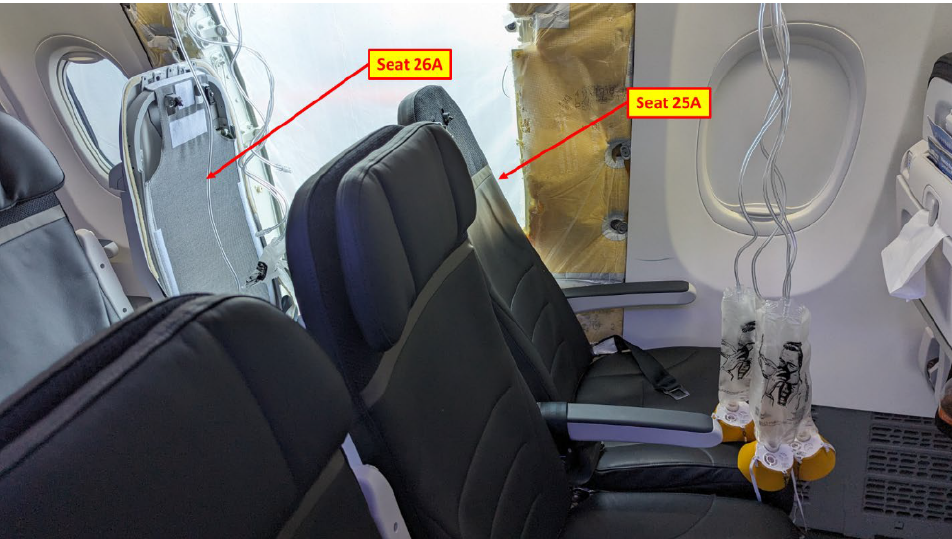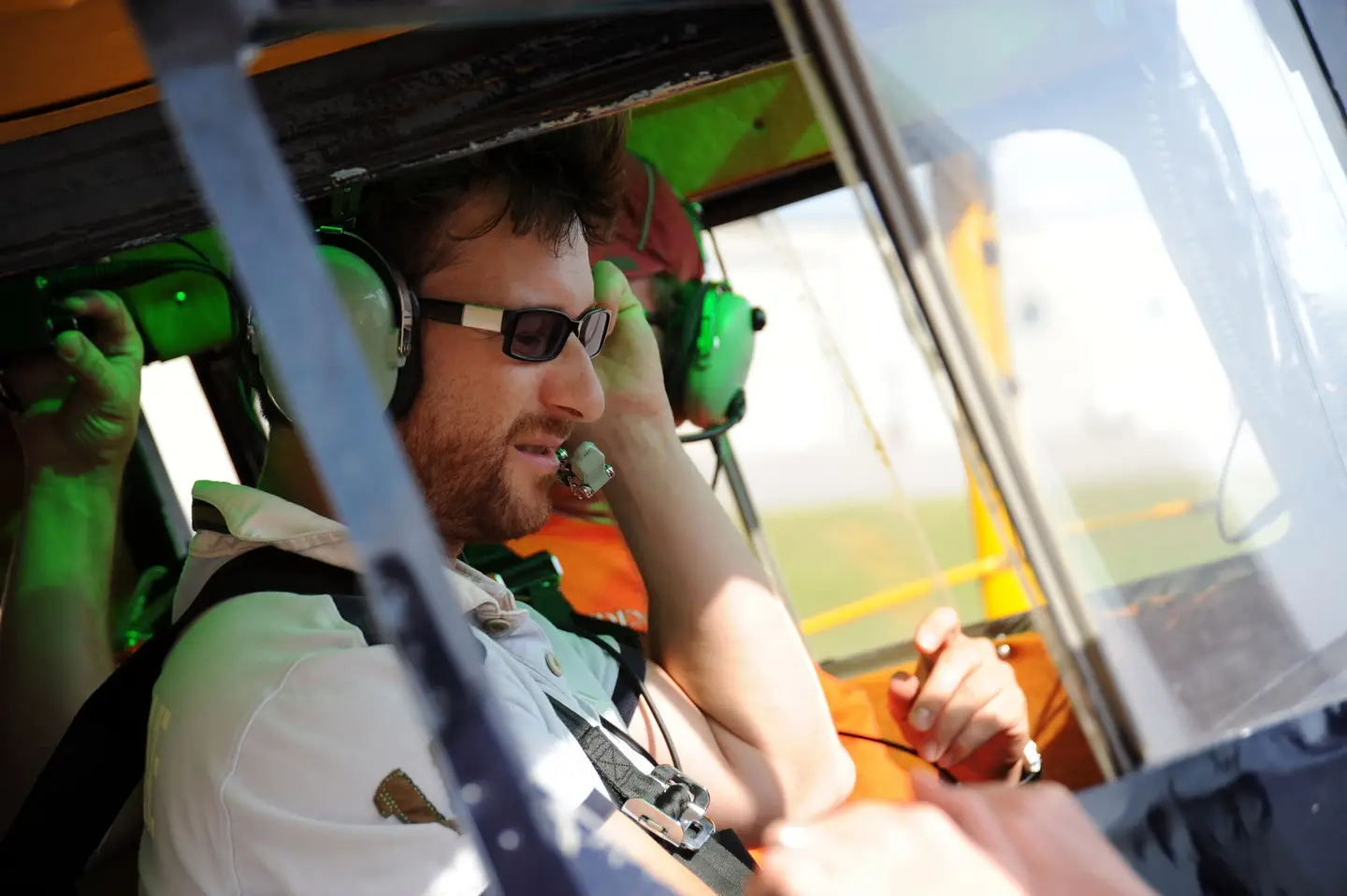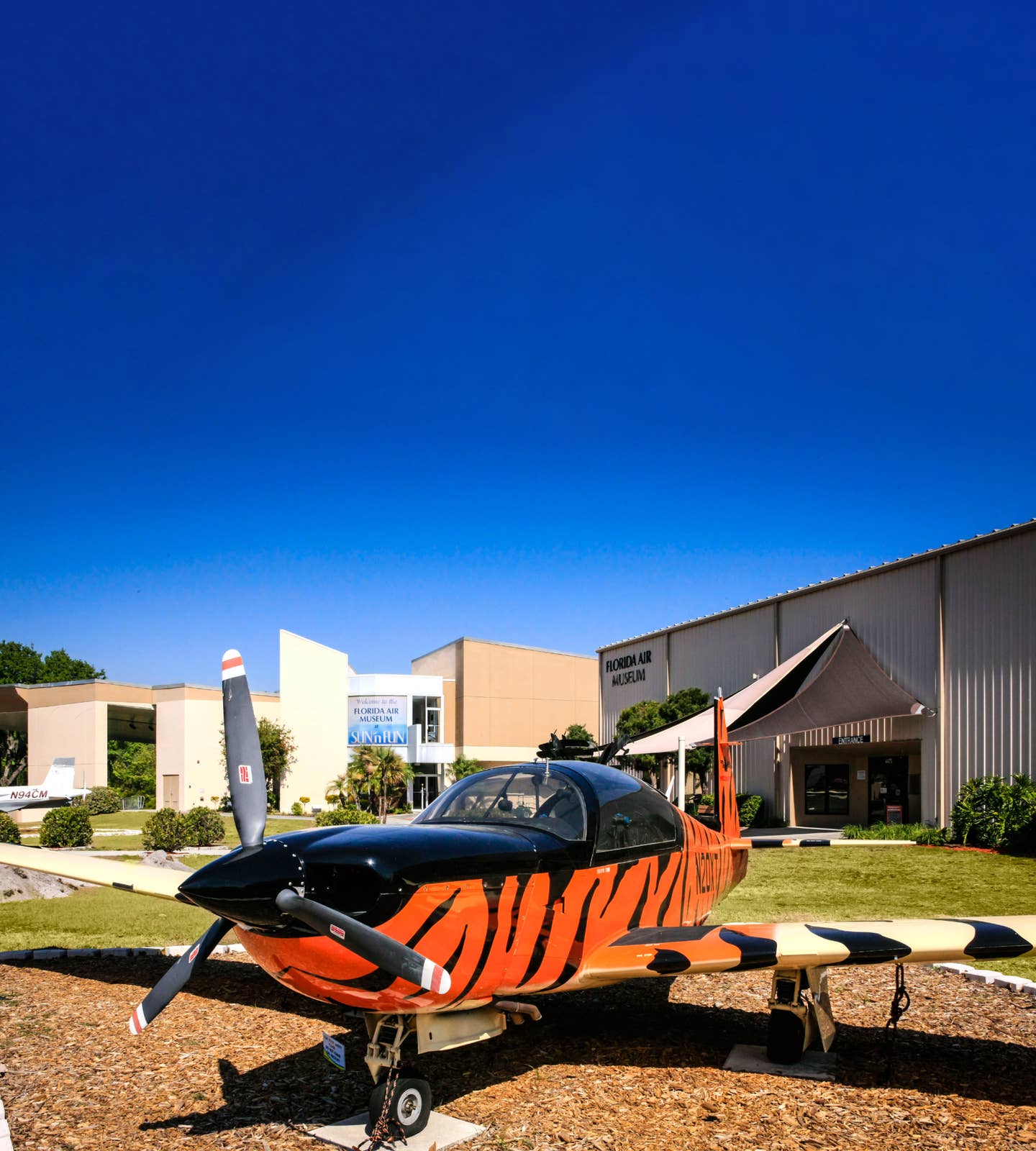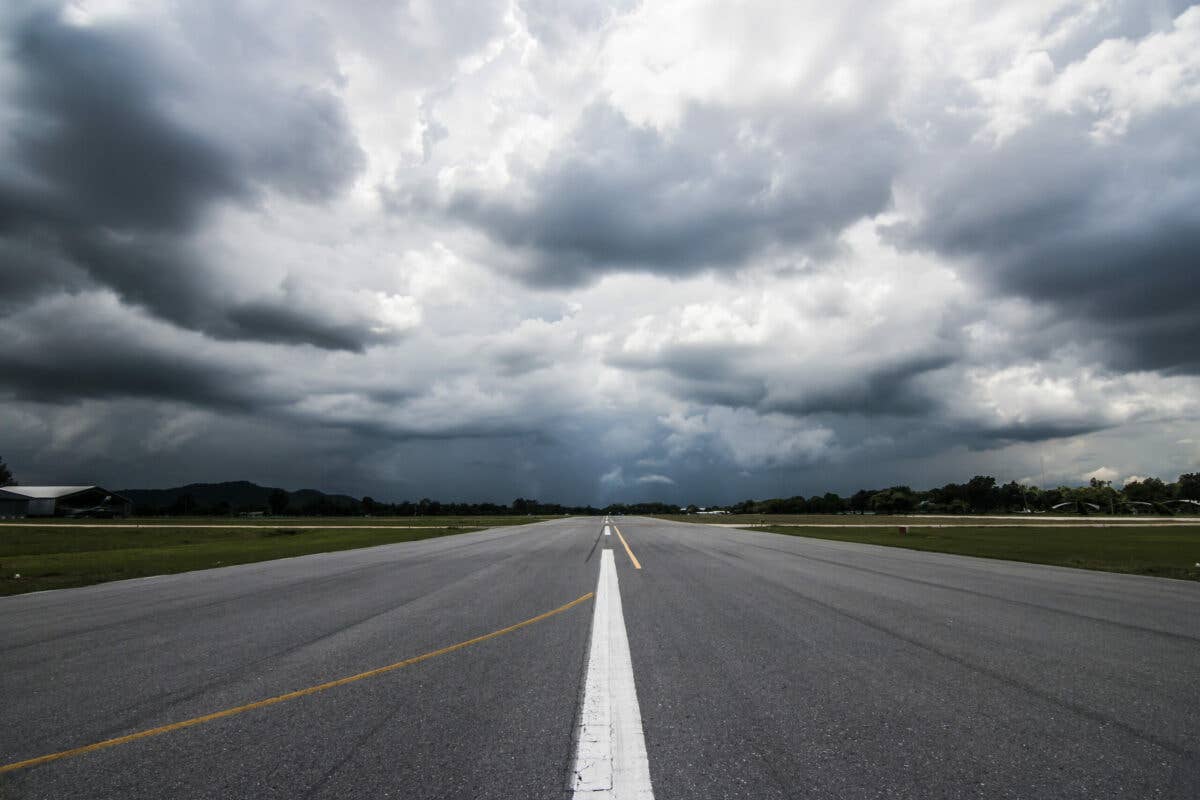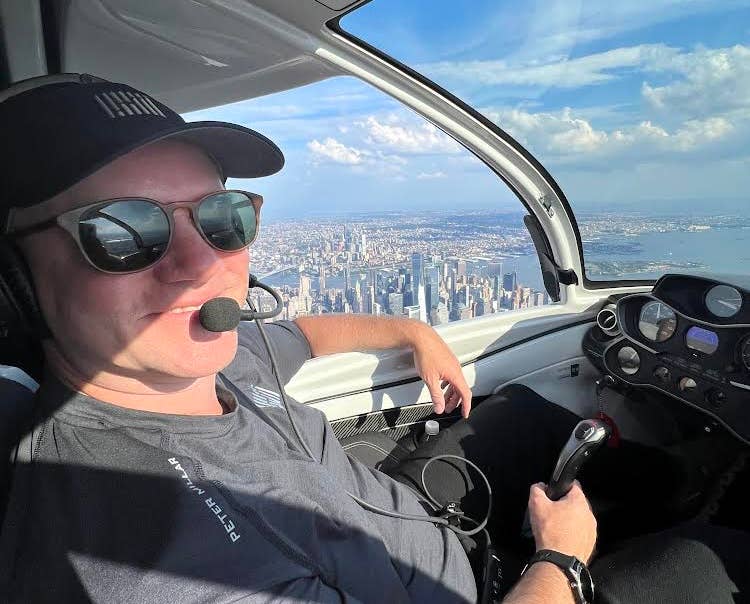Going Direct: Boeing Did What? Test Pilots Share 737 Max Details
New revelations about MCAS and who knew what and when might be all you need to know.
The hits following twin crashes of 737 Max airliners, keep coming for Boeing. As they have been since the beginning of this tragic fiasco, they are largely self-inflicted. But hold on to your hats. It has somehow gotten even worse.
Are you an aviation enthusiast or pilot? Sign up for our newsletter, full of tips, reviews and more!
We'll get right to it. The latest revelation is that Boeing's own test pilots on the 737 Max program did not know the details of how MCAS worked. According to a report in the Wall Street Journal, Boeing program leadership chose not to involve the test pilots in the final stages of flight test certification, thereby cutting those pilots out of the details behind the Maneuvering Characteristics Augmentation System (MCAS), an automated stability system that has been implicated in two deadly crashes in the past six months that killed a total of 346 people. The planes have been grounded since the middle of March.
The report is problematic though. Just how the test pilots would have been cut out of a process in which they play a central role is baffling. But if the pilots were knowingly kept in the dark about changes to MCAS and the resultant risk the changes introduced, those actions would surely interest multiple teams of investigators already looking into the certification process and the FAA's role in it.
The most disturbing part of the report, if true, is that the pilots said that while flight testing the 737 Max they were unaware of how aggressively the system could trim the plane nose down in the event of an angle of attack instrument failure.
Another disturbing report from the Wall Street Journal is that Boeing made a functional disagree light an option, meaning that if airlines wanted it on their planes they needed to pay more to get it, and airlines are cost conscious to a fault. Without a disagree light, pilots would not be alerted that there was a disagreement between two operable AOA instruments, meaning one of them has to be wrong. Seems like something that should be standard.
On the one hand, making safety equipment optional is hardly new. Even on light general aviation planes, this has been the practice for decades. If you want the latest safety features, you need to pay for them. In the past, these features included such things as lightning detection devices, a horizontal situation indicator (HSI), and even a second navigation and communications radio transceiver. Today options often include such things as synthetic vision on the primary flight display, active traffic avoidance gear, and onboard weather radar.
But in this case, it's not clear that the airlines knew what it was that they weren't getting when they chose not to purchase an angle of attack disagree indicator or that Boeing in good conscience could have made such a feature an option at all. With the safe operation of MCAS dependent on it getting reliable AOA data, a warning system seems not good to have but absolutely necessary to have. Moreover, several pilots who were actually flying the 737 Max in duty reported that they thought the AOA warning light was functional in the planes they were flying when it, in fact, was not. Just why it wasn't or what Boeing knew about the system's functionality or lack thereof is not clear. But the fact that I'm writing that the manufacturer of an airliner wasn't clear on the details of operating a critical system on its new plane says enough.

Subscribe to Our Newsletter
Get the latest Plane & Pilot Magazine stories delivered directly to your inbox

